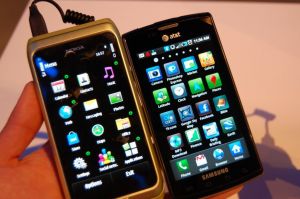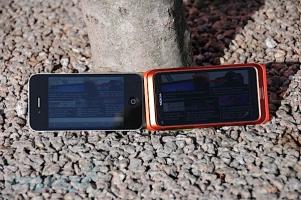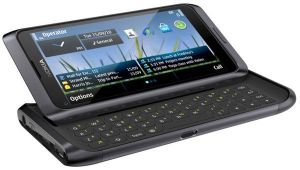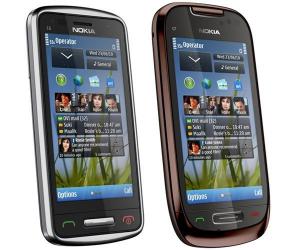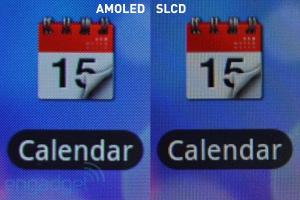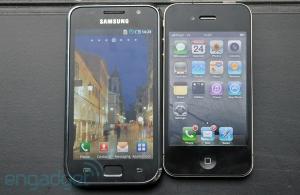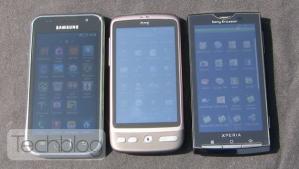Engadget says that N9 uses a Clear Black Display, is "a sight to behold"
Engadget posted a short hands-on review on the new Nokia N9. They claim that the display uses Nokia's Clear Black Display (CBD) technology - although Nokia's own press release never mentioned that. CBD adds a special filter on top of the display which blocks light reflection - and helps the AMOLED perform better outdoors.
In any case, Engadget say that the AMOLED display "is truly a sight to behold, with stunning viewing angles, a curved Gorilla Glass front, and some pretty excellent (for AMOLED) performance out in the sunlight... It's easily one of this new phone's great strengths".


